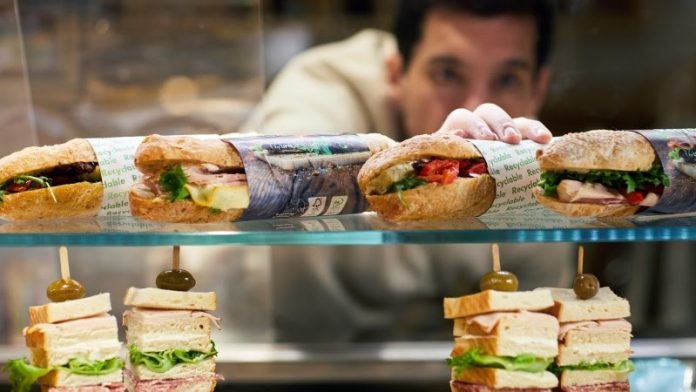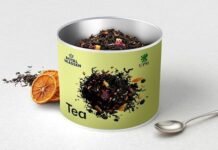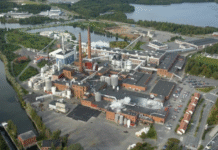UPM Specialty Papers now offers a wide range of packaging papers that are designed for home composting. Six UPM packaging papers are now certified as home compostable, according to the NFT51-800:2015 standard.
These papers are also certified as industrially compostable (EN13432:2000):
Barrier papers such as UPM Prego, UPM Asendo; Coated one side (C1S) papers such as UPM FlexPack, UPM UniquePack, UPM UniquePack Strong; and Specialty kraft papers such as UPM Solide Lucent.
UPM’s fiber-based and recyclable packaging materials empower brand owners and converters to develop home compostable packaging solutions.
“Recycling should always be the first option to consider when possible. However, compostability is a good option when recycling of packaging papers is not possible due to food residues, for example. Compostability can also play a role when recycling infrastructure is limited,” says Susanna Hyrkäs, Senior manager, Sustainability, UPM Specialty Papers.
Compostability is one form of recycling, that is degrading compostable materials into fertile soil suitable for plant growth. The differences between home composting and industrial composting are found in the process temperature and the time it takes before you can expect disintegration and biodegradation to happen. Given the right conditions (20°C – 30°C), home compostable materials are designed to biodegrade within 12 months and disintegrate within 6 months into non-ecotoxic compost.
UPM has set ambitious responsibility targets for 2030, such as promoting a circular economy and sustainable product design. Recyclability and compostability are part of the solution by ensuring a sustainable product end of life. UPM Specialty Papers also offers a wide range of industrial and home compostable label papers.











